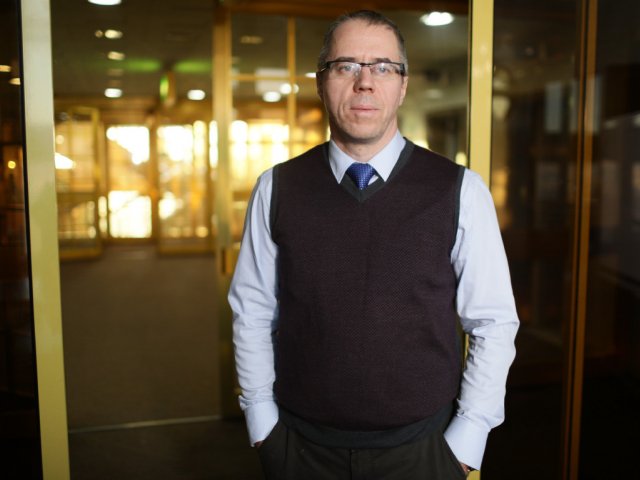On April 8, 1911, Kamerlingh Onnes wrote in his laboratory journal, “The resistance of mercury is practically zero.” Fifty years later, the scientific community agreed that the word “practically” was definitely redundant.
It should be noted that the period of the late XIX century is a time when scientists were actively engaged in the study of ultra-low temperatures. In 1877, oxygen was cooled to a liquid state, in 1883, nitrogen was liquefied, and in 1898, liquid hydrogen was produced. Work with cooling and liquefaction was relevant at the time and scientists conducted many experiments with temperatures and physical states of the elements.
Heike Kamerlingh Onnes was a physicist and chemist from Holland. In 1893, when the scientist was 40 years old, he began researching the thermodynamic properties of liquids and gases over a wide range of pressures and temperatures. A year later, he founded Cryogenic Laboratory and engaged in improving cryogenic experimental methods, studying metals and liquids at low temperatures. In 1906, the scientist built an improved machine to liquefy hydrogen and in 1908, he managed to liquefy helium. He was able to cool helium to a temperature of 1 Kelvin, a record-low temperature. Since then, Kamerlingh Onnes used helium to study the properties of metals.
He also studied the dependence of the electrical resistance of metals on temperature. At that time, scientists believed that, in theory, as the temperature dropped, so should the resistance. The theory was based on what was already known: resistance increased as temperature increased. They assumed that if you did the opposite, the effect would be the same. Although there were theories that at ultra-low temperatures, the metal would stop conducting electricity altogether.
So, in 1911, Onnes experimented on cooling liquid helium with mercury. The scientist kept lowering the temperature while measuring the resistance of the mercury’s current flow. The goal was to bring the cooling temperature to the lowest temperature possible. Suddenly, the device that the scientist used to determine the resistance stopped working. It happened when the cooling temperature reached 4.2 Kelvin, which is about -270°C. Onnes replaced the devices, but they all continued to show zero resistance.
For a scientist at the time, this was as unexpected as finding out now that it is possible to travel back in time at superspeed. Though perhaps one day it will be possible, too. So, on April 8, 1911, Kamerlingh Onnes wrote in a laboratory journal, “The resistance of mercury is practically zero.” Fifty years later, the scientific community agreed that the word “practically” was redundant and that Onnes’s instruments did indeed show a complete lack of resistance to the electric current of mercury wire cooled to 4.2 K.
The scientist called this effect “superconductivity,” and the temperature at which the material turns into a superconductor – “critical.”
Superconductors are still being sought now, as are their critical temperatures. Just this March, in the Science Advance journal, Western scientists reported the discovery of the anomalous conductivity of a uranium compound. And a month earlier, Russian scientists, together with their colleagues from China, created a new superconducting compound that remains superconducting even at room temperature in the presence of a certain pressure.
Superconductors can conduct current with virtually no losses. They are used in medicine, in the hadron collider, in high-speed trains, to achieve objects levitation, just to name a few examples. It is also believed that in the near future, high-temperature superconductivity will lead to a technical revolution in radioelectronics.
Photo on the page and homepage: Ries Bosch / Unsplash






















